Disclosure: This article contains affiliate links. We may earn a commission from purchases at no extra cost to you, which helps our travel content.
The morning call to prayer echoes across Kandahar's ancient skyline as golden light spills over mud-brick walls that have witnessed millennia of history. I stand atop my guesthouse roof, camera in hand, watching this city of contradictions awaken. After years of documenting wildlife across six continents, I've found myself drawn to this complex corner of human civilization—a place where extraordinary beauty and resilience exist alongside the lingering shadows of conflict. This is not the Afghanistan of headlines, but rather a place of profound cultural depth, where every frame tells a story of survival, tradition, and unexpected grace.
Preparing for the Visual Expedition
Kandahar demands preparation beyond the ordinary travel checklist. Before my departure from Quebec, I spent months securing the proper permissions, arranging local guides, and connecting with fixers who understand both the cultural landscape and the practical concerns of a Western photographer.
Security considerations shaped every aspect of my planning. I opted to travel with minimal yet versatile equipment—my travel backpack carried only essential gear while maintaining a low profile. Rather than bringing my full documentary setup, I relied primarily on a mirrorless system with two versatile lenses.
Cultural sensitivity proved equally important as technical preparation. I invested in a pocket translator that handled Pashto and Dari translations remarkably well, though nothing replaced the value of learning basic greetings and photography-related phrases. Understanding local customs regarding photography—particularly of people, religious sites, and government buildings—prevented uncomfortable situations and opened doors that might otherwise have remained closed.

💡 Pro Tips
- Always carry a formal letter (in English and Dari) explaining your photographic purpose
- Secure a trusted local guide/translator before arrival—ideally through personal recommendations
- Dress conservatively, with men avoiding shorts and women covering hair with a headscarf
The Sacred Heart of Kandahar
Kandahar's spiritual center, the Shrine of the Cloak of the Prophet Muhammad, became the cornerstone of my visual narrative. This sacred site houses what believers consider a relic of immense significance—a cloak said to have belonged to the Prophet himself. Unlike many religious sites I've documented worldwide, photography inside requires exceptional permission and cultural sensitivity.
I spent three days building rapport with the shrine's caretakers before even mentioning my camera. This patience proved invaluable when I was eventually permitted to photograph during specific hours, under careful guidance. The resulting images captured a devotional atmosphere unlike anything I've witnessed—the play of light through latticed windows, the reverent gestures of pilgrims, the timeless quality of faith made visible.
For the technical aspects, I relied heavily on my light meter to nail exposures in the challenging lighting conditions inside the shrine. The ability to precisely measure available light without intrusive test shots maintained the respectful atmosphere while ensuring technical quality.
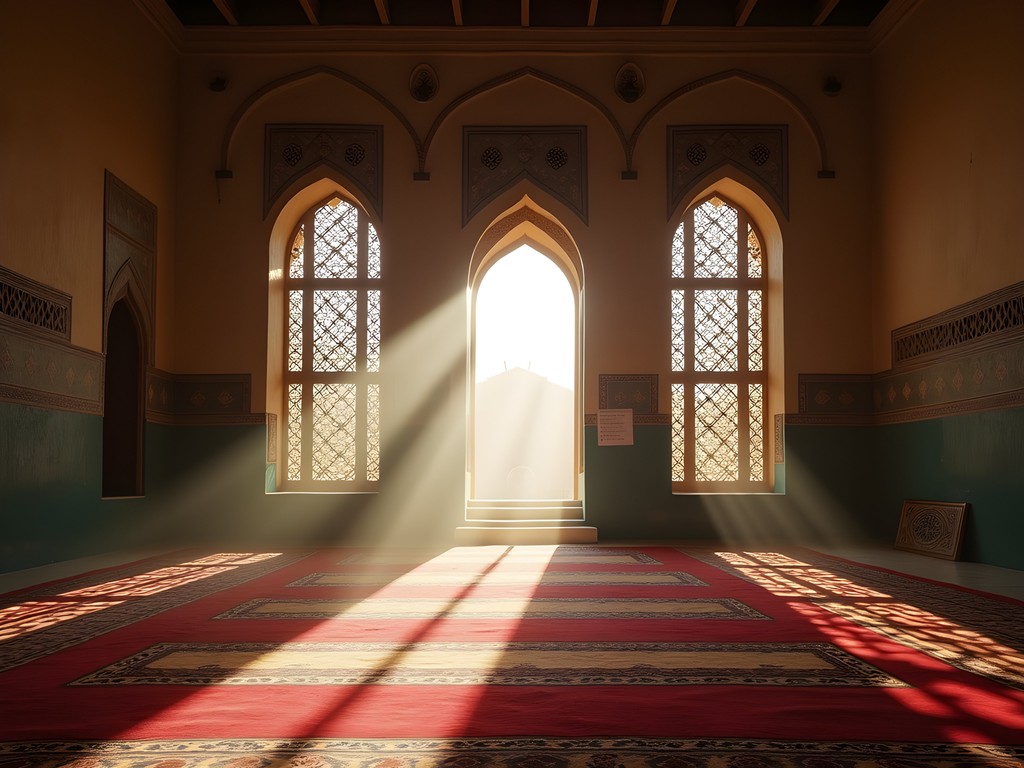
💡 Pro Tips
- Remove shoes before entering any religious site and follow all local customs
- When photographing worshippers, seek permission through gestures and respect refusals
- Use natural light whenever possible—flash photography is inappropriate in most sacred contexts
The Living Museum of Kandahar Bazaar
If Kandahar's shrines represent its spiritual heart, then its sprawling bazaar embodies its vibrant soul. This labyrinthine marketplace has remained largely unchanged for centuries, offering a visual feast that tests both technical skill and storytelling ability.
The challenges here are numerous—fluctuating light as you move between covered sections and open courtyards, the ethical considerations of photographing vendors and shoppers, and the sheer sensory overload that can overwhelm compositional discipline. I found my lens hood essential for managing flare when shooting toward light sources in the partially covered sections.
Rather than attempting to capture everything, I focused on specific visual narratives: the hands of an elderly carpet weaver demonstrating techniques passed through generations; the geometric precision of spice mounds arranged in kaleidoscopic patterns; the interplay of shadow and light across stalls selling Kandahar's famous pomegranates. These intimate vignettes revealed more about daily life than wider shots ever could.
For audio recording to accompany my images, the discreet recorder proved invaluable, capturing the sonic texture of the bazaar without drawing attention or making subjects self-conscious.
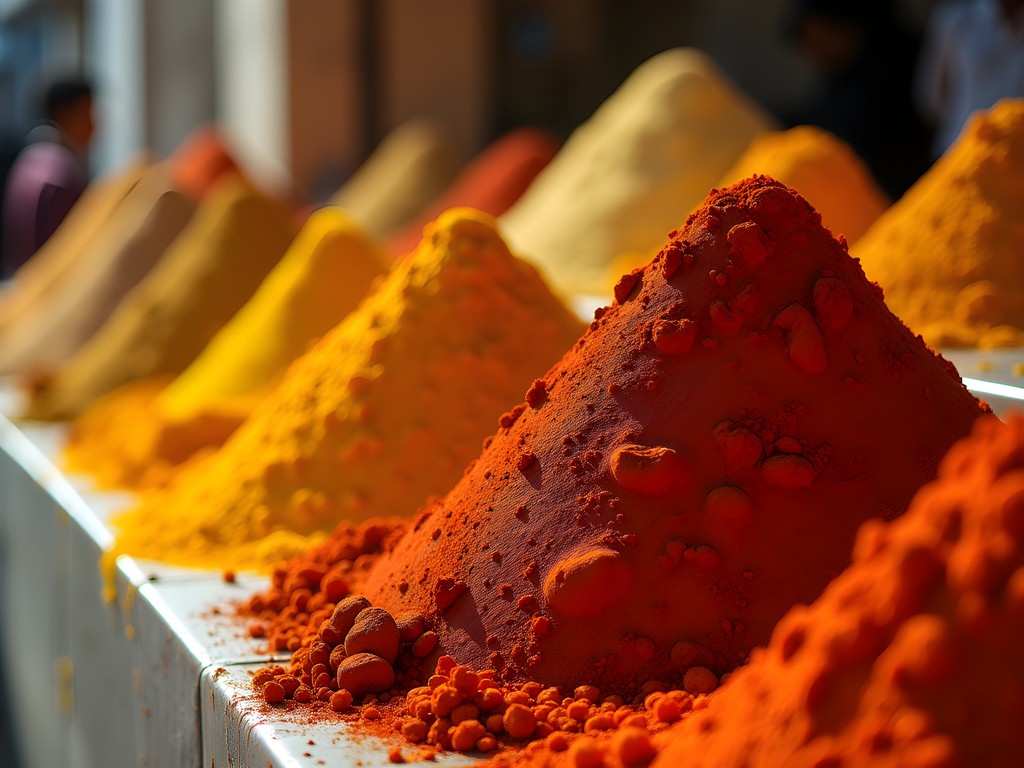
💡 Pro Tips
- Visit the bazaar multiple times across different days and hours to capture varying light and activities
- Purchase small items from vendors before asking to photograph their stalls or crafts
- Carry local currency in small denominations for purchases and occasional tips when appropriate
Ancient Walls, Modern Stories
The 19th century Kandahar Citadel (Qala-e-Jadid) stands as a weathered sentinel overlooking the city, its massive walls bearing witness to centuries of conquest, resistance, and resilience. Photographing this architectural monument required navigating both practical challenges and complex historical narratives.
Access to certain areas remains restricted, making advance research and local connections essential. My guide arranged permission for early morning access when the quality of light transformed the weathered mud-brick into a canvas of texture and shadow. For these architectural shots, my graduated ND filters proved essential for balancing exposure between bright skies and shadowed walls.
Rather than focusing solely on the structure's imposing scale, I sought out the human elements that brought its history to life—restoration workers mixing traditional mud plaster using ancient techniques, children playing in the shadow of walls that once repelled invading armies, and the juxtaposition of satellite dishes mounted on centuries-old battlements.
The citadel offers unparalleled elevated views across Kandahar, particularly at sunrise when the city is bathed in golden light and the distant mountains create a dramatic backdrop. For these panoramic shots, I relied on my travel gimbal to create smooth panning video sequences that captured the scale and setting of this ancient city.
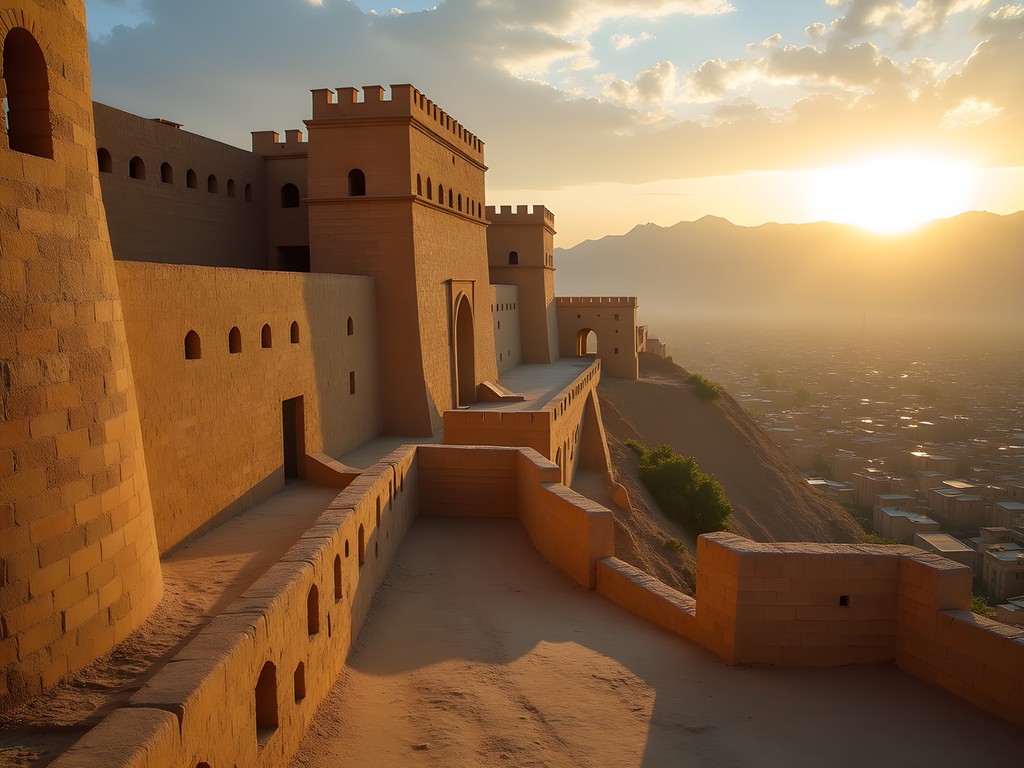
💡 Pro Tips
- Obtain necessary permissions for citadel photography at least 2-3 days in advance through local contacts
- Arrive before sunrise to capture the dramatic raking light across the textured walls
- Bring a polarizing filter to enhance the rich earth tones of the mud-brick architecture
Portraits of Resilience
Beyond architecture and landscapes, Kandahar's true essence emerges through its people. Creating environmental portraits here required a delicate balance of technical skill, cultural sensitivity, and genuine human connection.
I approached portrait photography as a collaborative process rather than an extraction of images. This meant spending time in conversation (through my interpreter), explaining my project, and often showing subjects previous work on my tablet. The portable photo printer became an unexpected bridge-builder, allowing me to immediately share printed portraits with subjects—a tangible thank-you that transformed many initial hesitations into enthusiastic participation.
Rather than imposing Western portrait conventions, I studied traditional Afghan portraiture and incorporated elements of this aesthetic tradition—particularly the dignified formality and direct gaze found in historical photographs. This approach resonated with older subjects who recognized and appreciated the cultural reference.
My most meaningful images emerged not from planned sessions but from genuine moments of connection: a carpenter inviting me to photograph his workshop after we discussed the similarities between film directing and woodworking; a group of young men proudly showing me their restored vintage motorcycle; an elderly pomegranate farmer demonstrating how he selects the perfect fruit through subtle color variations invisible to my untrained eye.
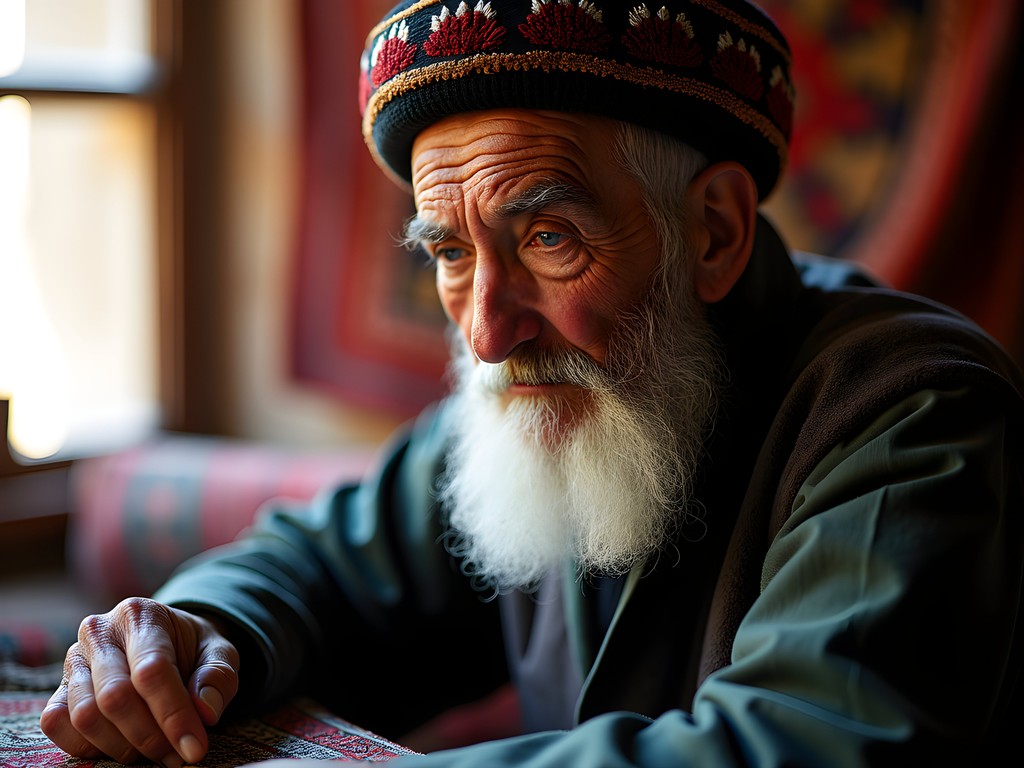
💡 Pro Tips
- Learn to ask for portrait permission in basic Pashto or Dari—the effort is deeply appreciated
- Show subjects their images and respect any requests to delete photos
- Consider traveling with a portable printer to give printed portraits as meaningful thank-you gestures
Final Thoughts
As my week in Kandahar draws to a close, I find myself reviewing images that challenge the singular narrative often attached to this complex city. Through my viewfinder, I've witnessed not just the physical architecture of an ancient place, but the resilient spirit that continues to rebuild, create, and preserve cultural treasures against formidable odds.
For photographers contemplating similar journeys, I offer this reflection: technical skill matters, but genuine curiosity and respect will open doors no lens could ever capture alone. The most compelling images emerged not when I was hunting for the perfect shot, but when I was fully present—listening to stories, sharing tea with newfound friends, and allowing myself to be changed by the experience.
Kandahar has inscribed itself upon my creative consciousness in ways I'm still processing. Its contradictions—the tender hospitality amid lingering tension, the vibrant cultural pride amid challenging circumstances—have expanded my visual language and deepened my understanding of photography's power to bridge divides. I depart with memory cards full, but more importantly, with a profound appreciation for the privilege of bearing witness to this misunderstood corner of our world.
✨ Key Takeaways
- Cultural sensitivity and advance research are essential prerequisites for meaningful photography in Kandahar
- Building relationships before raising your camera yields more authentic and powerful images
- The visual narrative of Kandahar extends far beyond conflict to encompass rich traditions, craftsmanship, and daily life
📋 Practical Information
Best Time to Visit
March-April or October-November
Budget Estimate
$150-250 USD/day including guide and transportation
Recommended Duration
Minimum 5-7 days
Difficulty Level
Challenging
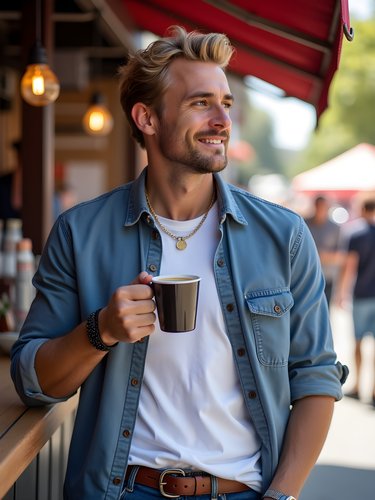
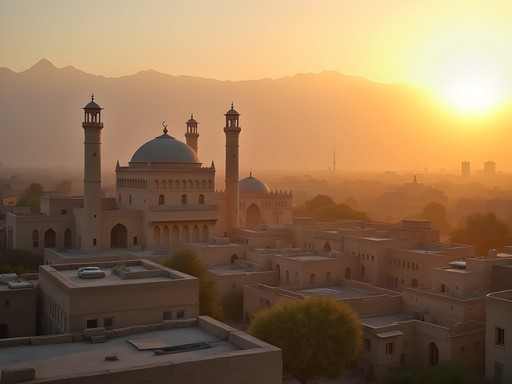

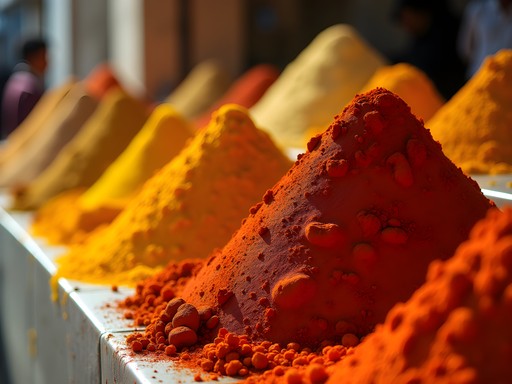
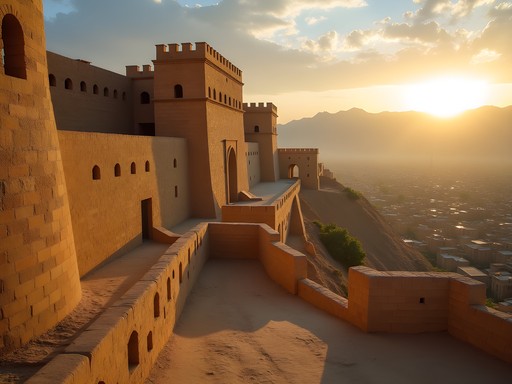



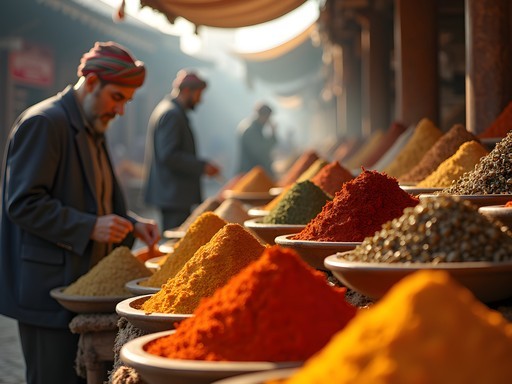







Comments
photojourneyist
The portrait of the elderly carpet seller is absolutely haunting. You can see decades of history in his eyes. Masterful composition.
Avery Gordon
Thank you! He was actually one of the most welcoming people I met - told incredible stories about the city's changes over his lifetime. I spent almost an hour in his small shop.
culturetrekker92
Those market colors are incredible! The spice mounds against those ancient walls - what a contrast!
wanderlustclimber
These photos are stunning! I'm curious about the logistics - how did you arrange your visa and local permissions to photograph? Is it even possible for regular tourists to visit Kandahar currently?
Avery Gordon
Thanks @wanderlustclimber! Visas are challenging but possible - I worked with a specialized travel agency that handles Afghanistan permissions. For regular tourists, it's technically possible but I'd recommend only going with established tour companies that provide security. For photography permits, I had to submit my intended locations in advance. The situation changes frequently, so always check current advisories.
wanderlustclimber
That's really helpful, thank you! Maybe I'll start with a more accessible destination first, but your photos are definitely inspirational!
Frank Garcia
Incredible post that goes beyond the surface narrative of Kandahar. I backpacked through northern Afghanistan in 2023, but security concerns kept me from venturing south. Your photography technique using the Sony a7III with that 24-70mm lens really captures the textures of those mud-brick buildings beautifully. The section on navigating cultural sensitivities while photographing locals is particularly insightful. Did you find certain times of day when people were more receptive to being photographed? And how did you manage power for your gear with the intermittent electricity?
Avery Gordon
Thanks Frank! Northern Afghanistan has its own incredible beauty - I'd love to see your shots from there. People were definitely more open to photos after I'd spent time in their shops or bought something small. Regarding power - I carried three spare batteries and charged them whenever electricity was available, usually early morning or late evening. The guesthouse had a generator for critical hours.
Frank Garcia
That's smart planning with the batteries. I found similar electricity patterns in smaller northern towns. Your respectful approach to photography really shows in how natural your subjects appear. Hope to make it to Kandahar someday when conditions improve.
explorebuddy
Wow, your photos capture a side of Kandahar we never see in the news. Those sunrise shots over the ancient walls are breathtaking! I've always been fascinated by Afghanistan but never brave enough to visit. Did you have any safety concerns while shooting in public spaces? The bazaar shots especially look like you were right in the middle of daily life there.
Avery Gordon
Thanks @explorebuddy! Safety was definitely my top concern. I always worked with a local guide who knew where and when photography was welcome. The bazaar merchants were surprisingly open once my guide explained my project. Morning light was best - fewer crowds and gorgeous shadows across those ancient walls!
explorebuddy
That makes sense about having a guide. The morning light in your shots is absolutely magical!
wandermood
Just wow. These images tell a thousand stories. Thank you for showing us the Kandahar beyond the headlines.
Kimberly Murphy
Avery!!! This is EXACTLY the kind of brave, authentic storytelling we need more of! I visited neighboring regions in 2022 and was similarly moved by the disconnect between perception and reality. The way you've captured the morning light on those ancient walls is SPECTACULAR! Your section on cultural sensitivity is spot-on - I found that learning just a few Pashto phrases opened so many doors. For anyone inspired by this post, remember that research and respect go a long way. And Avery, your composition in that shot of the elderly carpet seller - absolute perfection! Can't wait to see where your lens takes us next!
Avery Gordon
Thanks so much, Kimberly! Language really is the key, isn't it? Even my terrible Pashto attempts were met with such appreciation. Would love to hear more about your experiences in the region sometime.
waveseeker
This is such an important perspective. My Afghan friend always talks about how his homeland is portrayed so one-dimensionally in Western media. The photographs of everyday life are particularly moving. Did you face any restrictions on what you could photograph?
springtime
The section about the bazaar brought back memories of my time in Central Asia. There's something magical about these ancient marketplaces that modern shopping malls just can't replicate. The way you captured the light filtering through those fabric awnings is just perfect.
mountainlover
I'm genuinely surprised to see such a beautiful portrayal of Kandahar. The media usually only shows us the conflict side. How did you handle safety concerns while there? Was it difficult to get permission to photograph people?
Avery Gordon
Safety was my top priority. Always had local guides, respected photography restrictions, and asked permission before taking portraits. Many people were surprisingly welcoming once they understood my intentions were to show the beauty of their culture.
Venture X
Premium card with 2X miles, $300 travel credit, Priority Pass